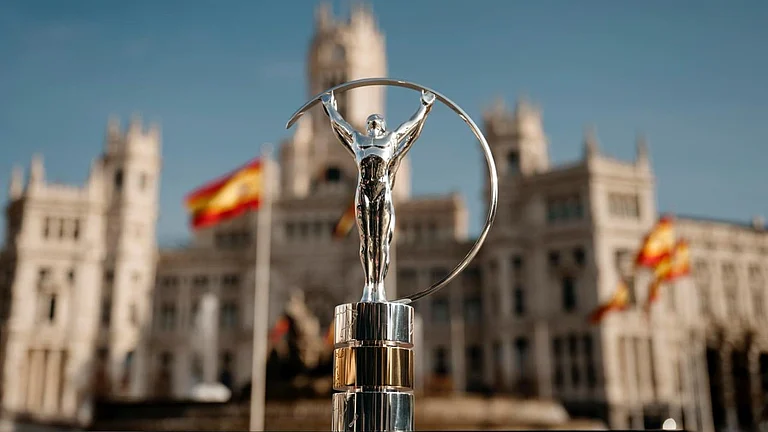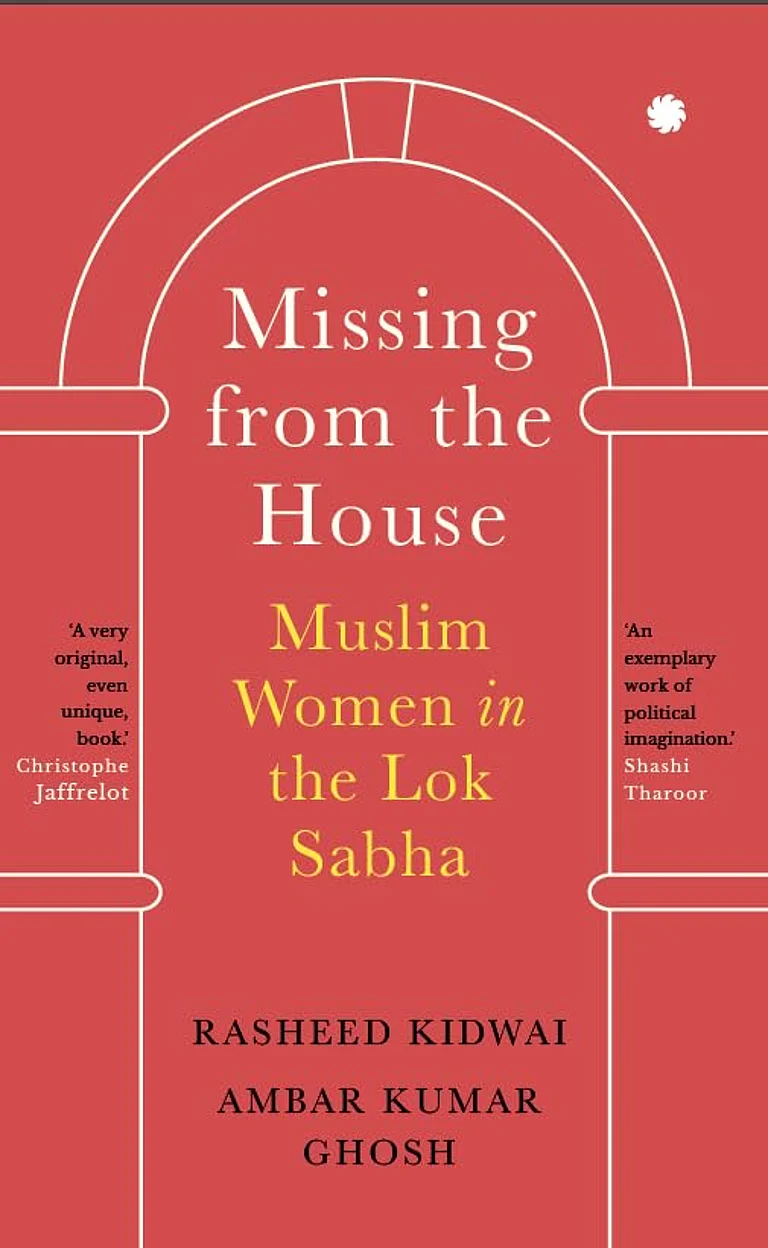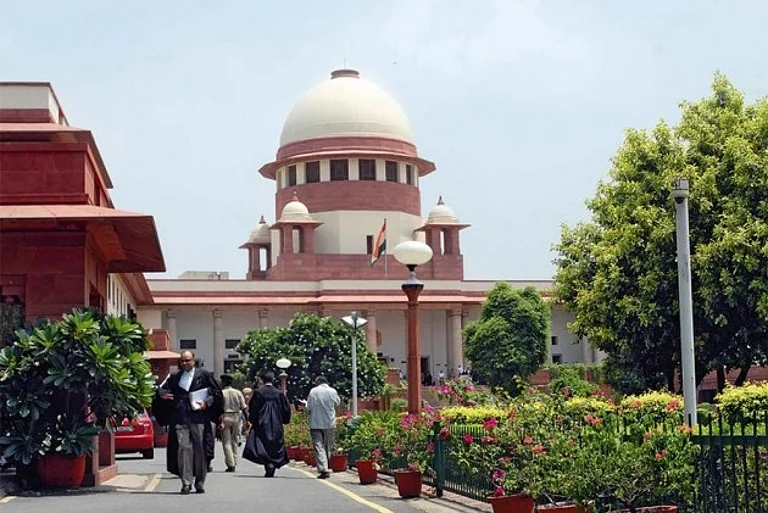This article was published in the Outlook magazine issue 'One Nation, One Election/One Nation, Many People' dated October 1, 2023. To read more article from the issue, click here.
The Government of India on September 2, 2023 constituted a High Level Committee (HLC)—headed by former President of India, Ram Nath Kovind—to examine the issue of simultaneous elections. This announcement triggered a wide debate in the national discourse.
Supporters of this idea list out several benefits arguing its case. They point out that simultaneous elections will rid India of being in an election mode permanently. This will provide governments and political parties the much-needed space to prioritise structural measures—one which may be politically difficult to take, but may benefit the country in the long-term over populist measures; and, one that may be politically safe, but may, at best, provide short-term symptomatic relief. Simultaneous elections are thus seen as a fundamental reform to transform the quality of governance. Other pros of simultaneous elections include significant savings in public expenditure on recurring elections, reduced deployment of security forces and government officials and reduced disruption to development projects due to frequent imposition of the model code of conduct.
Critics, on the other hand, argue that simultaneous elections may impair the federal structure of India. They state that simultaneous elections can influence voter behaviour in a manner that voters may vote on national issues even for state assemblies or urban/panchayat elections, thus benefitting large national parties and marginalising regional parties. One can be sure that these arguments and debates will continue, perhaps even intensify, in the days to come. However, the dominant focus in this debate still revolves around the “what” and “why” or “why not” of simultaneous elections. Not much is being thought about the “how” of simultaneous elections. If a decision to implement simultaneous elections is taken, then how will the implementation really happen? Will that even be sustainable in the long term?
A few years ago, I had a chance to study this matter in detail. Along with Bibek Debroy—chairman of the Economic Advisory Council to the Prime Minister and former member, NITI Aayog—I had co-authored a note for NITI Aayog titled Analysis of Simultaneous Elections: the “What”, the “Why” and the “How” that attempted to analyse key issues around simultaneous elections. Leveraging the ideas and proposals we had made in that note, I would, in this piece, focus on outlining a plausible framework that can be one of the potential solutions to implement simultaneous polls.
Synchronising the Terms
The first and foremost challenge that one needs to solve is how to synchronise the terms of the Lok Sabha and legislative assemblies. The current electoral cycle is such that, in general, there are about 5-7 elections every year in the country. Therefore, it is not possible to synchronise the electoral cycles of assemblies with the Lok Sabha without a one-time extension or curtailment of tenures. The Constitution provides a five-year term to both the Lok Sabha and the legislative assemblies. While they can be dissolved earlier than five years, extension of their terms beyond five years is envisaged only in exceptional circumstances such as emergency.
So the real difficulty lies in aligning the election cycles of assemblies and the Lok Sabha with minimal, if not optimal, disruption in tenures. The next elections to the Lok Sabha are likely to be held in April-May 2024 (considering no advancement). For the time being, presume that simultaneous elections are initiated from April-May 2024. This means that, starting April-May 2024, elections would happen once every five years. The next elections would thus be in April-May 2029 only, with no elections in between. In such a situation, the tenures of many assemblies would need significant curtailment or extension.
For illustration, consider the states of Uttar Pradesh (UP) and Punjab. The assemblies of these states were constituted in March-April 2022. Now, to synchronise elections of these states with the simultaneous polls system from April-May 2024, one would need to either curtail their terms by three years or extend their terms to a total of seven years (April-May 2029). Both these situations are undesirable and may perhaps even be unacceptable to stakeholders, particularly political parties. Therefore, a more practical framework is to institute simultaneous elections in two phases, rather than a single one. This would mean that elections would happen twice in a period of five years (once every 2.5 years) instead of once every five years. Starting April-May 2024, elections could thus be held every 30 months, with the next round in October-November 2026, thereafter in April-May 2029 and so on. Coming back to the examples of UP and Punjab, if a two-phase election framework is adopted, both these states can go to elections in October-November 2026, rather than April-May 2024. This would mean curtailment of their terms by approximately six months, something much more reasonable.
Assessments suggest that if a two-phase approach is implemented, then elections to the Lok Sabha and 14 state assemblies can be held in the April-May cycle, while elections to the remaining states in the October-November cycle, thereby ensuring a synchronisation of state and Lok Sabha elections in two halves. While this proposal may not gel completely within the popular notion of simultaneous elections (construed popularly as elections every five years), it does provide a practical, feasible and palatable solution to the core problem!
How To Make It Sustainable
Once the system of simultaneous elections is put in place, the next important question that needs to be explored is how to ensure that the simultaneity remains intact in the long run. As the terms of the assemblies or the Lok Sabha are not fixed, it would only be a matter of time before an assembly or the Lok Sabha gets prematurely dissolved. This will disrupt the electoral cycle once again. We have witnessed assemblies being dissolved prematurely several times in the past. Even the Lok Sabha has seen premature dissolution—for example, between 1996 and 1999, the Lok Sabha got prematurely dissolved twice within three years. So the issue is how to address such eventualities which are very much possible, given the nature of Indian polity.
To address this issue, the concept of constructive vote of no-confidence may be considered. It essentially implies that any ‘no-confidence motion’ moved against a government in office—either the Lok Sabha or state assemblies—may also be accompanied with a ‘confidence motion’ in favour of an alternative government. This would enhance the stability of the Lok Sabha and the assemblies and reduce the possibilities of their premature dissolution considerably. However, it will still not eliminate the likelihood of premature dissolution completely. In case premature dissolution becomes inevitable, the following measures may be considered:
For situations where dissolution of the Lok Sabha/assembly is necessitated within 15 months or between 30-45 months of their constitution, immediate fresh elections may be held, with the term of such new Lok Sabha/assembly lasting till the next electoral cycle. This would mean that the new house would get a term of at least 45 months, but not 60; and,
For all other cases, implement President or Governor’s rule, as the case may be, till fresh elections can be conducted alongside the next cycle. In this case, the new house would get a term of 60 months.
To elaborate this point, assume that the assembly of a particular state gets constituted in April-May 2024. Further assume that around January 2025, the state stares at a situation necessitating premature dissolution of its assembly. If this happens, the choice would be to conduct fresh polls immediately (say by March 2025) with a stipulation that the new house would get a term till the next election cycle (April-May 2029)—a term of around four years, instead of five. Likewise, if the premature dissolution need arises sometime around say January 2026, then in such a case, Governor’s rule may be implemented for the next few months till the next electoral cycle (Oct-Nov 2026). Fundamentally, this measure would make the terms of a house flexible—instead of a fixed five years—linking it with the two-phased electoral cycle.
The above framework will not only kick-start the system of simultaneous elections in India, but will also ensure that this system does not get vitiated and remains sustainable over a longer term. This would undoubtedly require amendments to the Constitution and relevant laws. People deserve the best possible administrative system and not merely a passable one. The Constitution provides sufficient room to make amendments to suit the changing times and needs of the country. This flexibility is not just an enabling tool, but, in fact, is a responsibility of governments. In the past, the Election Commission of India and the Law Commission of India have expressed their consent to implement this idea. Setting up of the HLC comes at an opportune time. Hopefully, we will witness the translation of this idea into reality very soon.
(Views expressed are personal)
(This appeared in the print as 'From Concept To Reality')
Kishore Desai was former officer on special duty, Economic Advisory Council To The Prime Minister And Niti Aayog





















